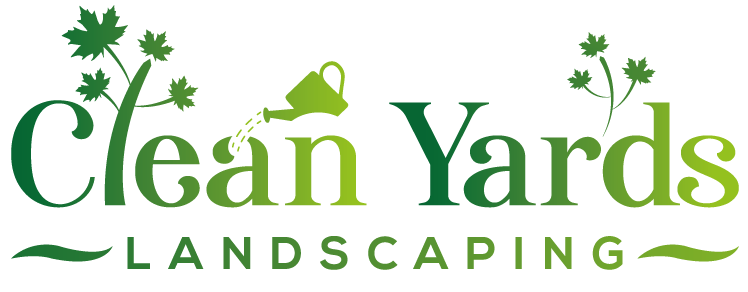Extend Osgoode Blooms: Pro Fall Deadheading Techniques
Ah, late summer and early fall in the Osgoode area! There's a special kind of beauty as the season starts to turn, isn't there? Driving around neighbourhoods like Osgoode, Manotick, or Greely, you can still see gardens putting on a spectacular show with vibrant blooms defying the cooling air. But wouldn't it be fantastic to stretch that colourful display just *a little* longer before the Ottawa weather truly shifts? You absolutely can, and one of the easiest ways is a simple gardening task called *deadheading*. Need help getting started? Request a quote today for expert garden care!
Quick Fall Deadheading Tips
- **What:** Removing faded or spent flowers from plants.
- **Why:** Tidies appearance, promotes plant health for winter, prevents pests/disease, and may encourage late blooms.
- **When:** Late summer through early fall, up until a hard frost. Consider leaving some seed heads for winter interest/wildlife.
- **How:** Pinch soft stems; use clean pruners for tough stems, cutting back to leaves or buds.
- **Who:** Benefits many perennials and annuals, but leave plants like Coneflowers, Sedum, and ornamental grasses standing for winter.
Now, "deadheading" might sound a bit grim, maybe like tidying up after a very tiny, very floral battle. But it's actually just the technical term for removing spent or faded flowers from your plants. Why bother? Well, when you snip off those old blooms, you stop the plant from putting energy into making seeds. Instead, it often redirects that energy into producing *more flowers*! It’s like politely telling your plant, "That last flower was lovely, thank you, perhaps another?" This simple act keeps your garden looking tidier and, more importantly, encourages many annuals and perennials to extend their blooming season.
Gardening in the Ottawa region certainly has its quirks – especially our unpredictable fall weather roulette! One week feels like summer's encore, the next hints at winter's arrival. This makes knowing *how* and *when* to care for your plants crucial. Don't worry, we’ve got you covered. This guide will give you practical, actionable tips on deadheading, tailored for our local conditions, helping you keep your beautiful Osgoode garden looking its best for as long as possible this autumn. Let's dive in!
Why Bother? The Blooming Benefits of Fall Deadheading in the Ottawa Valley
Okay, let's get down to the nitty-gritty. You might be looking at your garden in Barrhaven or Metcalfe as the days get shorter, wondering, "Deadheading *now*? Isn't the show almost over?" It’s a fair question! While the frantic push for more flowers might ease up compared to mid-summer, fall deadheading in the Ottawa Valley offers a whole bouquet of benefits that go beyond just blooms. Think of it as tucking your garden in neatly for its long winter nap.
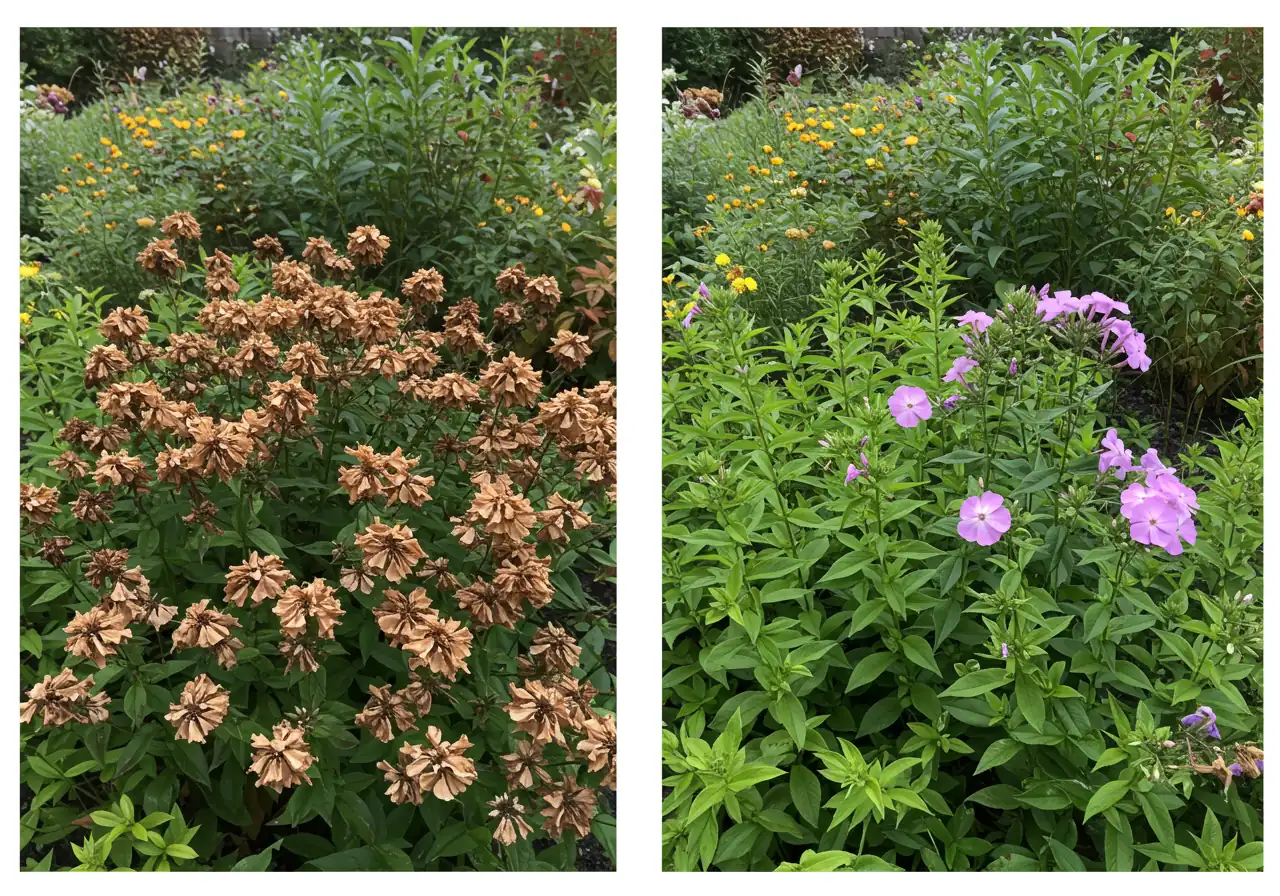
Fall deadheading is a simple task with significant payoffs for the health and beauty of your Ottawa Valley garden. It sets the stage for healthier plants next spring and keeps things looking tidy now. If the thought of fall cleanup feels overwhelming, remember that help is available through our comprehensive landscaping services or a dedicated Greely yard cleanup service to get your garden winter-ready. Don't underestimate this small step – your plants will thank you for it come springtime! Explore our gallery for inspiration.
Timing is Everything: When to Deadhead Your Fall Flowers in Osgoode and Beyond
Okay, let's talk timing! When it comes to deadheading your fall flowers in Osgoode, Metcalfe, or anywhere else in the Ottawa region, getting the timing right makes all the difference between a gracefully aging garden and, well, a bit of a soggy mess. Unlike the frantic "snip-snip-snip for more blooms" pace of summer, fall deadheading is more about tidying up and preparing for winter.
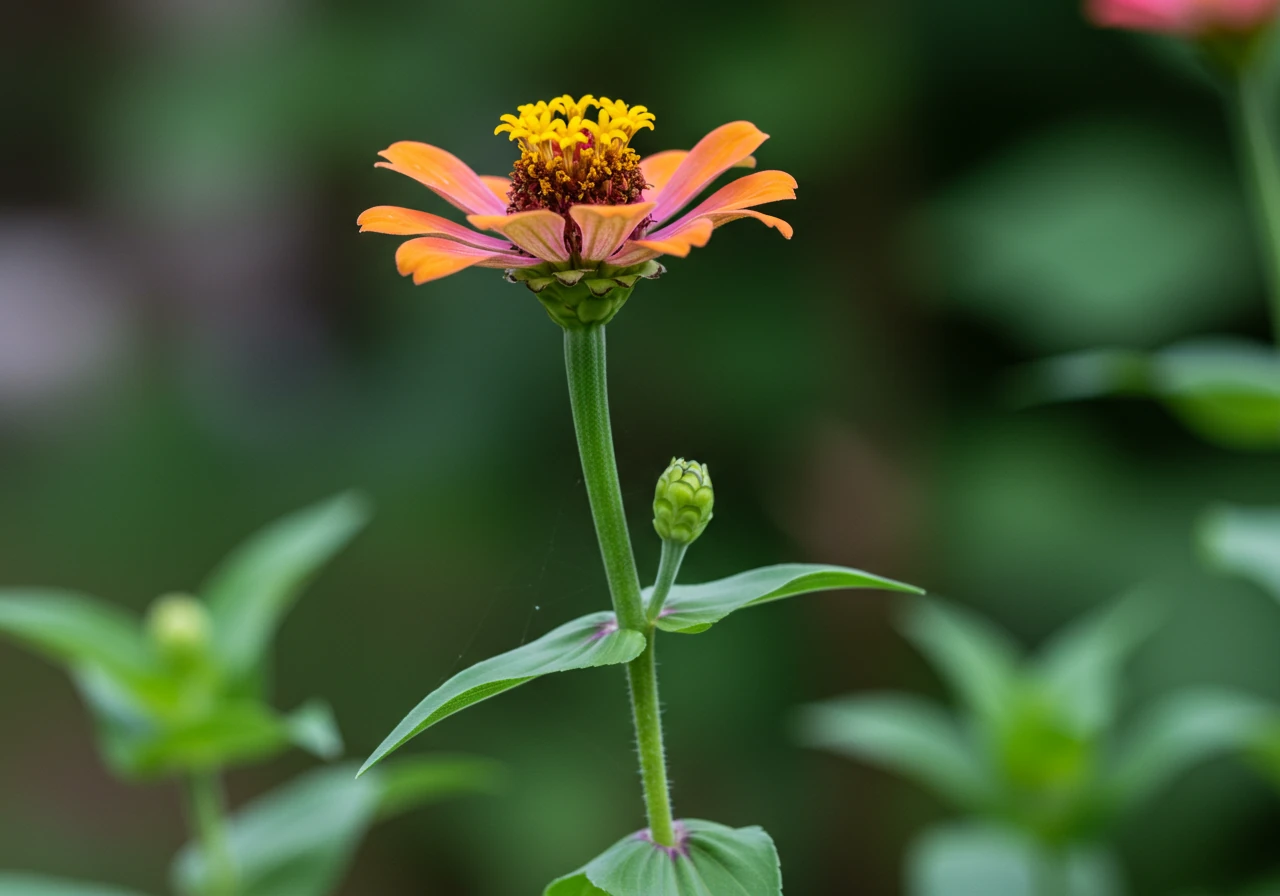
When Do Flowers Need the Snip? Spotting the Signs
First things first, how do you know *when* a flower is ready to be deadheaded? It’s usually pretty obvious! Look for these visual cues:
- Faded Glory: The vibrant colour is gone, replaced by dull, washed-out tones.
- Brown and Crispy (or Soggy): Petals are browning, drying up, or worse, turning into a mushy blob after rain.
- Petal Drop: Most or all of the petals have fallen off, leaving just the center part.
- Seed Head Forming: You can see a pod or structure developing where the flower used to be. This is the plant putting energy into seeds.
The Sweet Spot: Late Summer to Pre-Frost
Generally, the best window for fall deadheading starts in late summer and continues right up until *just before* the first hard frost settles in for good. Keep an eye on the local Ottawa weather forecast! (Check Environment Canada Ottawa Forecast). Deadheading during this period serves a few purposes:
- Tidiness: It keeps things looking neat as other plants start winding down.
- Last Hurrah: Some tough annuals or late perennials might squeeze out a few more flowers if you remove the spent ones promptly.
- Disease Prevention: Removing decaying blooms reduces places for fungal diseases to take hold before winter.
The Great Debate: To Cut or Not to Cut?
Now, here’s where things get interesting, especially for gardeners in areas like Kars or Richmond who appreciate a more natural look and want to support local wildlife (Ottawa Field-Naturalists' Club is a great resource). While deadheading everything creates a very tidy look, there's a strong case for leaving *some* plants alone!
- Winter Interest: The architectural shapes of seed heads from plants like Coneflowers (Echinacea), Black-Eyed Susans (Rudbeckia), and Sedum 'Autumn Joy' look fantastic dusted with snow. They add structure and visual appeal to the winter landscape.
- Wildlife Buffet: Those same seed heads provide vital food for birds like finches and juncos throughout the cold months. The standing stems also offer shelter for beneficial insects.
So, what's the answer? It's usually a compromise! Consider:
- Cutting Back: Plants prone to disease (like powdery mildew on Phlox or Bee Balm) or those that turn into an unattractive mush (like Hostas or Daylilies after frost) are good candidates for cutting back.
- Leaving Standing: Sturdy plants with attractive seed heads that offer food or shelter can be left until spring cleanup.
Planning Your Approach
It helps to know your plants. Consider making a simple list or mental calendar for your garden mainstays. For example:
- Hostas/Daylilies: Cut back foliage after it yellows or gets hit by frost.
- Peonies: Cut back foliage in mid-fall once it yellows to prevent disease.
- Echinacea/Rudbeckia: Often left standing for winter interest and birds.
- Sedum 'Autumn Joy': Definitely leave these! They look great in winter.
- Asters/Mums: Deadhead spent blooms until frost to encourage late flowering, then decide whether to cut back or leave for minimal winter interest.
This task is a key part of overall fall garden maintenance. Getting the timing right helps prevent problems next spring and makes the big fall cleanup less daunting. If tackling the whole yard feels overwhelming, remember that expert help is available. Companies offering an Ottawa property cleanup service can handle the deadheading, cutting back, and leaf removal efficiently. You can even check out examples of beautifully maintained properties in our project gallery. When choosing a service, ensure you understand their practices; we value your trust and outline our data handling in our privacy policy. Tidying up now also sets the stage for next year’s success, potentially involving tasks like fall soil preparation once the beds are clear.
Ultimately, whether you snip every last faded bloom or leave some standing is up to you and your garden goals. A little selective tidying now goes a long way! And if life gets too busy, a targeted Marionville yard cleanup service can get your specific corner of the Ottawa valley ready for the snow.
The Snip-Snip Guide: Pro Deadheading Techniques & Tools
Okay, you're convinced deadheading is a good idea. Awesome! But *how* exactly do you do it without accidentally giving your favourite flowers a bad haircut? Don't worry, it's easier than parallel parking downtown Ottawa during rush hour. Let's dive into the "snip-snip" specifics with our pro guide.
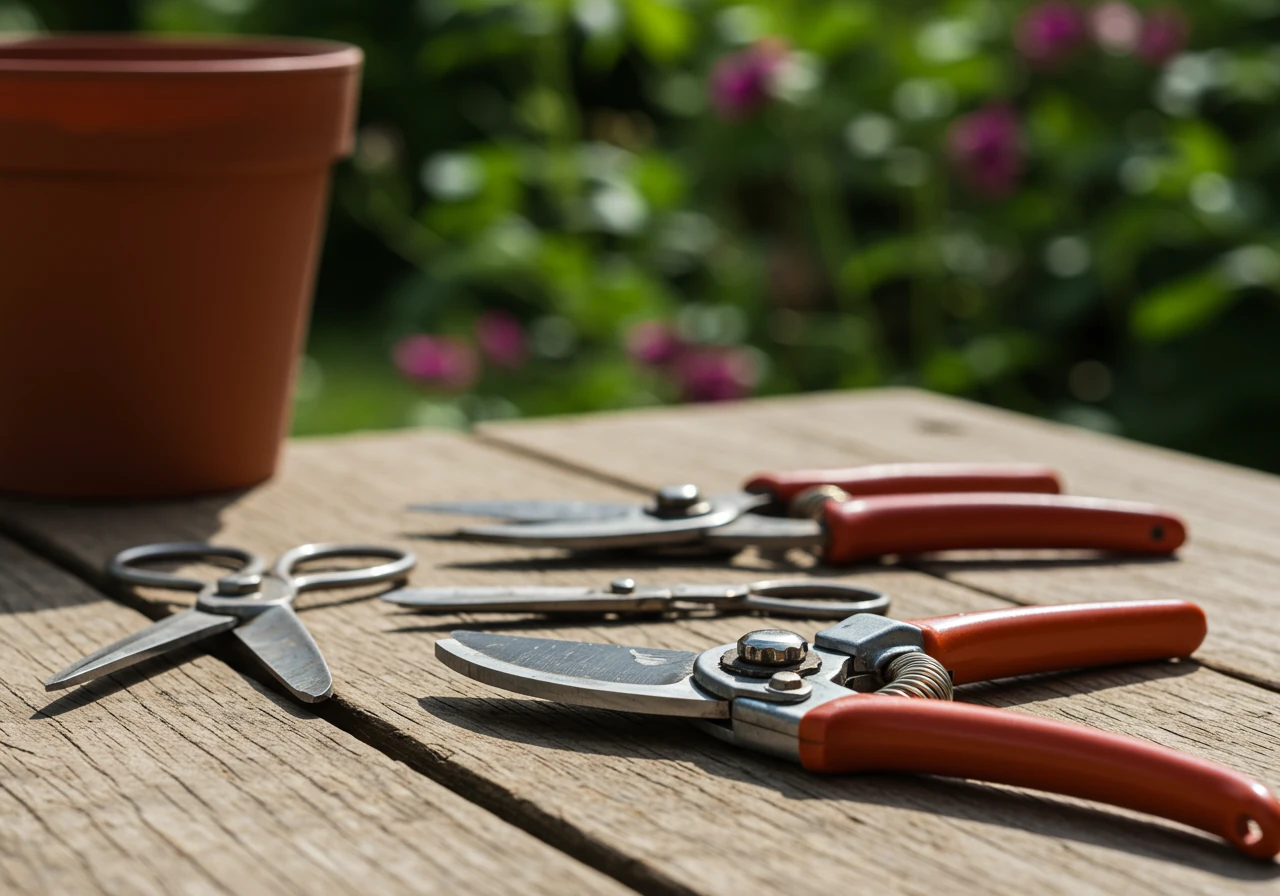
The Two Main Moves: Pinching vs. Snipping
Think of deadheading like choosing the right tool for the job. You wouldn't use a sledgehammer to hang a picture frame, right? Same idea here. There are two basic techniques:
- The Pinch: This is your go-to for plants with softer, fleshy stems. Think petunias, coleus (yes, you pinch off their flower spikes to keep the foliage lush!), impatiens, and marigolds.
- How-To: Simply use your thumb and forefinger to pinch or snap off the faded flower head *and* its little stem, right back to the next set of healthy leaves or buds. Don't just pull the petals off! You need to remove the base of the flower where seeds would form. It’s oddly satisfying, like popping bubble wrap, but greener.
- The Snip: This requires tools and is best for plants with woodier or tougher stems. Think roses, zinnias, coneflowers, geraniums, salvia, and most perennials you’ll find thriving in Marionville gardens.
- How-To: Grab your trusty hand pruners or garden snips (more on tools below!). Follow the stem down from the spent flower until you find:
- A set of healthy leaves.
- A visible side bud pointing outwards.
- A junction where another flower stem is branching off.
- Make your cut cleanly, about 1/4 inch above that point. Cutting here encourages the plant to send energy into those leaves or buds, often leading to new growth or flowers. For plants with long flower stalks rising from a base clump (like hostas or daylilies after flowering), cut the entire stalk off near the base.
- How-To: Grab your trusty hand pruners or garden snips (more on tools below!). Follow the stem down from the spent flower until you find:
Tool Time: Your Deadheading Arsenal
While pinching works for some, you'll mostly need good tools for a clean job, especially in established garden beds.
- Bypass Pruners: These are the champs for deadheading. They work like scissors, with one blade bypassing the other for a clean cut that doesn’t crush stems. Perfect for most perennial and annual snipping.
- Garden Snips/Floral Shears: These are smaller and more delicate, great for getting into tight spots or working with thinner-stemmed flowers without damaging nearby buds.
- Sharpness is Key! Dull blades crush stems, inviting disease. Keep your tools sharp. Seriously, it makes the job easier and is healthier for your plants.
- Cleanliness Counts! Wipe your blades clean, especially if moving between different types of plants or if you suspect any disease. A quick wipe with rubbing alcohol or a disinfectant wipe is a great habit to prevent spreading problems around your Ottawa oasis. Professionals performing an Metcalf property cleanup service always prioritize clean tools.
Where Exactly Do I Cut? Some Examples:
- Roses: Cut back to the first outward-facing leaf with five leaflets (stop doing this in late summer/early fall in Ottawa).
- Coneflowers/Rudbeckia: Follow the stem down from the spent bloom to where it meets a larger stem or a set of leaves, and snip there. (Unless leaving for winter interest, of course!)
- Zinnias/Cosmos: Cut back to a main stem or a set of leaves; they branch readily.
- Salvia/Veronica: Snip off the entire spent flower spike down to the next set of emerging buds or leaves.
The Eco-Friendly Finish: Compost Power!
What do you do with all those snipped bits? As long as the flowers weren't diseased (e.g., covered in powdery mildew or botrytis), toss them straight into your compost bin! (City of Ottawa Green Bin Info). They'll break down beautifully and return nutrients to your garden soil later. If they looked sickly, it’s better to bag them for municipal green bin pickup to avoid spreading issues.
Deadheading is just one part of keeping your property looking great. It often goes hand-in-hand with tasks like keeping edges neat and topping up garden beds, which you can learn more about with mulching and edging. And remember, tidy garden beds complement good lawn care for fantastic overall curb appeal. If you're feeling overwhelmed by the sheer volume of spent blooms, especially in larger gardens, specific help is available through services like a Metcalf garden clean up service or even a dedicated Ottawa garden clean up service. Feeling inspired but short on time? You can always book estimate with us for professional help! Happy snipping!
Osgoode's Hit List: Plants to Deadhead (and a Few Best Left Alone) This Fall
Okay, garden warriors of Osgoode and surrounding areas! We've talked about *why* and *how* to deadhead, but the million-dollar question remains: *which* plants actually need the snip this fall, and which ones can you let ride into winter looking fashionably frosty?
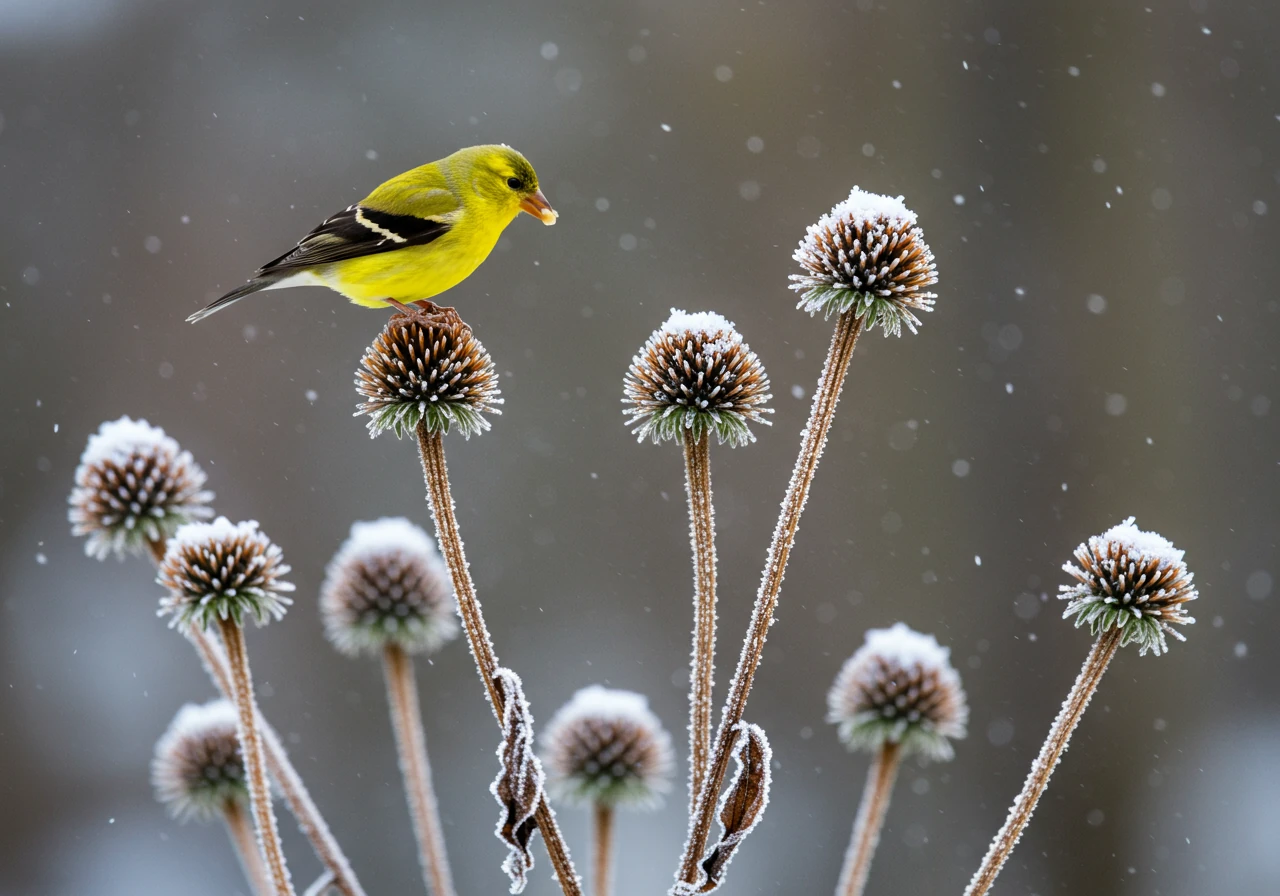
It's a common dilemma. You want tidy beds, but maybe you also like seeing goldfinches feasting on seed heads when the snow flies. Good news: you can have a bit of both! Let's break down some common Ottawa garden residents into two camps: the "Hit List" for fall deadheading and the "Leave 'Em Be Brigade" for winter charm.
Osgoode's Fall Deadheading Hit List (Snip These Now!)
These plants generally benefit from a fall cleanup, either because their spent blooms look messy, they're prone to disease, or leaving them offers little winter benefit.
- Hostas: Once the leaves yellow or get zapped by frost, cut the foliage and flower stalks right back to the ground. Mushy hosta leaves are slug magnets and just plain unsightly.
- Daylilies (Hemerocallis): Similar to hostas, cut back the foliage once it yellows or browns. Removing the spent flower scapes (stalks) prevents seed formation and tidies things up.
- Peonies: Cut the foliage down to a few inches above the ground in mid-fall, even if it looks okay. This helps prevent fungal diseases like botrytis blight from overwintering.
- Bearded Iris: Trim back the foliage to about 6-8 inches in a fan shape. Remove any dead or diseased leaves completely. This improves air circulation and discourages iris borers.
- Phlox (Garden Phlox): Highly prone to powdery mildew. Cut stems back hard after blooming or when mildew appears bad, even if it's still flowering weakly. Definitely clean up all fallen leaves around the base.
- Bee Balm (Monarda): Another mildew magnet. Cut stems back after blooming finishes or when mildew takes hold.
- Delphiniums: These often look ragged after flowering. Cut the main stalks back, though you might get some smaller, later blooms if you cut back just the spent flower spikes earlier. Clean up debris well.
- Shasta Daisies (Leucanthemum): Deadheading encourages later blooms, but once they really fade, cut the stems back to the basal foliage (the leaves at the base) for tidiness.
- Columbine (Aquilegia): The foliage can look tattered and is prone to leaf miners. Cut back the flower stalks and any ratty-looking foliage. The base leaves often stay semi-evergreen.
- Most Annuals: Petunias, marigolds, zinnias, etc. Keep deadheading them until frost finally takes them. Then, pull the entire plant out to prevent disease carryover. See our work in the Clean Yards Google Business Profile gallery!
The Leave 'Em Be Brigade (Winter Interest & Wildlife Winners)
These plants often have sturdy stems and attractive seed heads that provide food for birds and look great against the snow.
- Coneflowers (Echinacea): The classic choice for leaving standing. Birds adore the seeds, and the dark cones look striking all winter.
- Black-Eyed Susans (Rudbeckia hirta/goldsturm): Similar to coneflowers, the seed heads provide food and visual interest.
- Sedum (Upright varieties like 'Autumn Joy' or 'Matrona'): Their sturdy stems and large, flat flower heads hold snow beautifully and persist well through winter. Definitely leave these!
- Ornamental Grasses: Most ornamental grasses (like Feather Reed Grass, Switchgrass) are left standing for winter movement and structure. Cut them back in late winter/early spring before new growth starts.
- Joe Pye Weed (Eutrochium): Tall, sturdy stems with fluffy seed heads that add height and interest.
- Hydrangeas (Panicle and Oakleaf types): Many gardeners leave the dried flower heads on panicle hydrangeas (like Limelight) and oakleaf hydrangeas for winter interest. Cut them back in spring.
Make Your Own Cheat Sheet!
Feeling overwhelmed? Grab a notebook and make a simple two-column chart: "Deadhead in Fall" and "Leave Standing." Walk around *your* garden and list your plants. It makes fall cleanup much less guesswork! Or, check our estimate feedback page to see what services others value.
Local Conditions Matter
Knowing your garden's specific conditions, like the heavier clay soils sometimes found around Metcalfe versus the potentially sandier loam near Winchester, can subtly influence your choices. Plants that are borderline hardy might benefit more from being cut back and mulched heavily in tougher soil conditions, whereas leaving sturdy, native-friendly plants standing is almost always a good bet. A well-maintained garden structure also helps support surrounding features. Tidy beds complement good lawn care, creating a cohesive look. And speaking of looks, planning ahead for next season, perhaps considering a new garden install featuring winter-interest plants, is always rewarding.
If your garden feels too extensive to manage this list, or you'd rather spend your fall weekends enjoying the colours instead of snipping, professional help is available. Services like a dedicated Marionville property cleanup service can handle the deadheading and cutting back efficiently. When hiring any service, it's wise to understand exactly what's included, just as you'd review the terms and conditions before committing. Thinking beyond the flower beds? Fall can also be an ideal time for major lawn overhauls, including preparing for or completing sod installation for a fresh start next spring.
Ultimately, the choice of what to cut and what to leave is yours. Aim for a balance that keeps your garden healthy, makes *you* happy, and maybe leaves a little something for the birds!
Why Deadhead? Key Benefits
*Illustrative importance weighting of deadheading benefits.
Fall Garden Timeline Overview
Late Summer / Early Fall
Begin deadheading annuals and repeat-blooming perennials regularly. Remove spent blooms to encourage final flushes and maintain tidiness.
Mid-Fall (Before Hard Frost)
Major deadheading push. Cut back perennials prone to disease or messiness (Hostas, Peonies). Decide which plants to leave for winter interest (Coneflowers, Grasses).
Late Fall (After Frost)
Remove frost-killed annuals completely. Finish cutting back designated perennials. Add mulch for winter protection if needed.
Winter
Enjoy the visual structure of plants left standing. Observe birds feeding on seed heads. Plan for next spring!
Late Winter / Early Spring
Cut back ornamental grasses and remaining perennial stalks before new growth emerges. General spring property cleanup begins.
Key Takeaways: Your Quick Guide to Fall Deadheading Success
- Boost Health & Beauty: Snipping spent fall flowers tidies garden beds, helps prevent pests and diseases from overwintering, and encourages plants to store energy in their roots for winter survival – pretty vital in our climate! It's a key part of any comprehensive Ottawa garden clean up service.
- Time it Right (Mostly!): Your main window is late summer until *just before* the first hard frost. *But*, don't feel you have to snip everything! Consider leaving sturdy seed heads (like Coneflowers or Sedum) standing for winter visual appeal and as a snack bar for local birds.
- Use the Right Moves: Pinch off faded blooms on soft-stemmed plants (like petunias). For tougher stems (roses, most perennials), use clean, sharp pruners, cutting back to a set of healthy leaves or buds. Remember to compost the healthy bits!
- Know Your Plants: Some plants benefit greatly from being cut back in fall to prevent mess or disease (think Hostas, Peonies). Others are stars when left standing (ornamental grasses, Echinacea). If tackling large gardens, maybe like some found near Metcalfe, feels daunting, an expert Metcalf property cleanup service can help, or you could look into a reliable Marionville yard cleanup service if that's closer to home.
- Easy Management & Thanks: Thinking of booking professional help? Existing clients can easily manage your services through our customer portal. Taking these simple deadheading steps really helps your garden thrive next season. We appreciate you visiting and learning with us - thank you!
Ottawa Gardeners Ask: Fall Deadheading FAQs
Not necessarily! A light frost often just kisses the most tender plants. You can still deadhead perennials and tougher annuals right up until a *hard* frost (when the ground starts to freeze). The main goal shifts from encouraging blooms to tidying up and preventing disease. If things look mushy or truly dead after a frost, snipping them off cleans up the garden bed. If it's a huge task after a frost caught you off guard, remember a general property clean up service can make quick work of it.
It’s best to *stop* deadheading roses around late August or early September here in Ottawa. Continuing to deadhead encourages tender new growth that won't survive the winter. Let the last blooms fade naturally; they'll form rose hips (seed pods) which actually look quite nice and signal the plant to prepare for dormancy. Focus instead on cleaning up fallen leaves around the base to prevent disease.
Hold those pruners! Most ornamental grasses are stars of the winter garden. Leave them standing! Their plumes and foliage provide fantastic visual interest against the snow and offer shelter for beneficial insects (learn more about insect habitats). Wait until late winter or early spring (around March or early April) *before* new growth starts to emerge, then cut them back to a few inches above the ground. Want ideas for grasses or other plants with great winter appeal? Considering how different plants look through the seasons is part of smart material selection for year-round beauty.
Absolutely! Healthy deadheaded material (no obvious disease like powdery mildew or rust) is perfect for your home compost bin. If you suspect disease, or if you have a massive amount from a big cleanup – perhaps more than your own compost can handle, especially after tackling larger properties like those needing a Metcalf yard cleanup service – the City of Ottawa green bin program is the way to go. Bag diseased plant matter separately if possible before putting it in the bin.
Great question! You absolutely *can* balance both. Be selective! Deadhead plants prone to disease or those that turn into mush (like hostas). But intentionally leave sturdy plants with good seed heads standing – think Coneflowers (Echinacea), Black-Eyed Susans (Rudbeckia), and Sedum. These provide vital food for birds through winter and look beautiful too (Audubon guide to bird-friendly yards). It's about finding a happy medium between pristine tidiness and ecological support. You can see stunning examples of balanced gardens in our project transformations gallery.
We're always happy to help! Fall cleanup can bring up lots of specific questions depending on your unique yard and plants. Don't hesitate to reach out. You can easily get in touch via our contact us page for personalized advice or to discuss your garden's needs.
Conclusion: Enjoy Extended Beauty in Your Osgoode Garden & Prepare for Spring
So there you have it! Fall deadheading isn't just about tidying up the garden beds for one last hurrah – although extending that colourful show in your Osgoode garden is certainly a lovely bonus. It's a simple yet crucial step in *gardening* smart, helping your favourite plants conserve energy, ward off pesky diseases, and toughen up for the notoriously long Ottawa winter. Think of it as giving your plants a cozy sweater and a packed lunch before their big sleep! By selectively snipping spent blooms and knowing which seed heads to leave for the birds (and for pretty winter scenes), you’re setting the stage for a healthier, happier garden come springtime. It's amazing how a little *fall cleanup* now pays off big time later.
Feeling inspired but maybe a bit short on time or energy? No worries, we get it! If tackling the pre-winter garden maintenance feels like one task too many, let us lend a hand. Our team provides thorough *landscaping* and cleanup services throughout the Ottawa area, including Osgoode, Russell, Embrun, Kenmore, and neighbouring communities like Greely. We can handle the deadheading, cutting back, leaf removal, and more, ensuring your garden is perfectly prepped for the snow.
Ready to get your yard winter-ready?
- Give us a call or visit our website to book your fall cleanup service!
- Explore our blog for more seasonal gardening tips tailored for Ottawa homeowners.
- Follow us on social media for ongoing inspiration and updates.
Here's to enjoying the last bursts of autumn beauty and dreaming of next spring's blooms!
